Inside Chernobyl: A Legacy of Ruin
Truthdig Editor in Chief Robert Scheer was the first American journalist to enter the surviving power plant in the former Soviet Union On the 30th anniversary of the nuclear disaster, he recounts his experience in a Los Angeles Times column first published on April 9, 1987 Truthdig Editor in Chief Robert Scheer was the first American journalist to enter the surviving power plant in the former Soviet Union.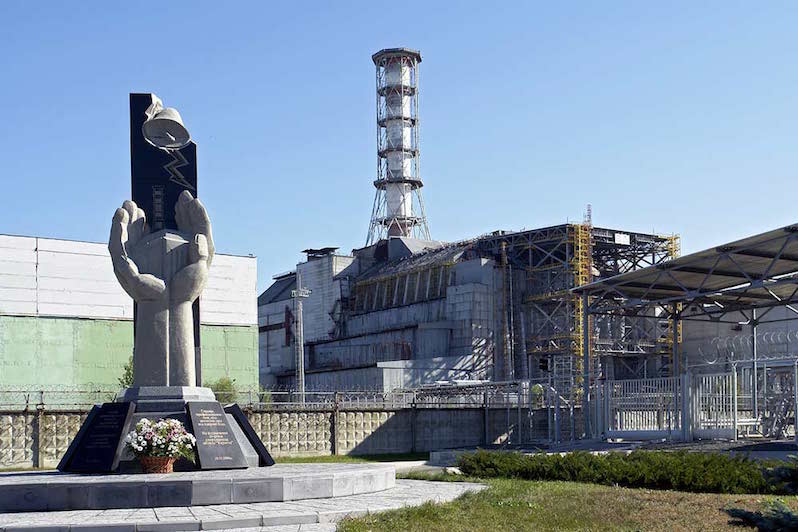 All nuclear reactors at Chernobyl were shut down by 2000. A New Safe Confinement structure is expected to be completed in 2017. (Mond / CC BY-NC-ND 3.0)
1
2
3
4
All nuclear reactors at Chernobyl were shut down by 2000. A New Safe Confinement structure is expected to be completed in 2017. (Mond / CC BY-NC-ND 3.0)
1
2
3
4

All nuclear reactors at Chernobyl were shut down by 2000. A New Safe Confinement structure is expected to be completed in 2017. (Mond / CC BY-NC-ND 3.0)
Independent journalism is under threat and overshadowed by heavily funded mainstream media.
You can help level the playing field. Become a member.
Your tax-deductible contribution keeps us digging beneath the headlines to give you thought-provoking, investigative reporting and analysis that unearths what's really happening- without compromise.
Give today to support our courageous, independent journalists.
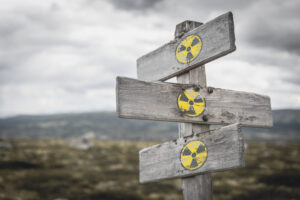
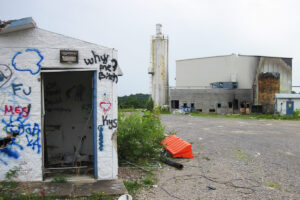
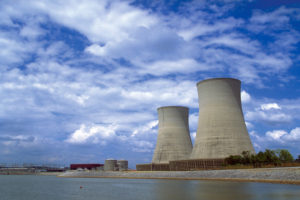
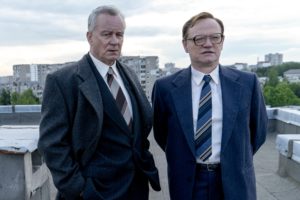
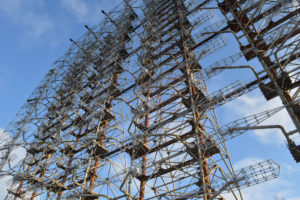
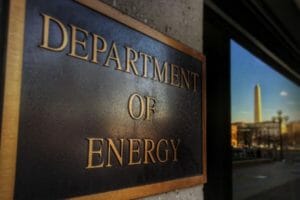
You need to be a supporter to comment.
There are currently no responses to this article.
Be the first to respond.